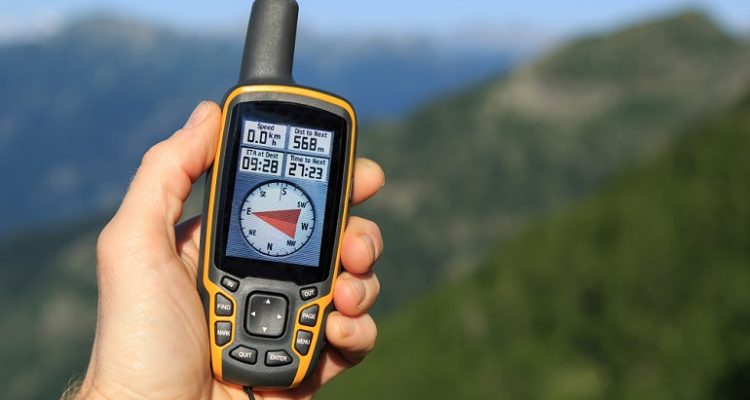About to embark on a holiday in the remote northern areas of Pakistan and not sure what devices to use for communicating with family and friends back at home? Or are you itching to blog about your experience but you don’t want to wait until you reach the next internet café to share your incredible experiences?
Having experienced everything first-hand, we are giving our top tips for communicating in remote areas of Pakistan.
Before we proceed further, lets divide the frequency of communication in two broad categories below.
- Occasional contact
- Full-time contact (24/7)
For both the above we have a number of options available to you!
1: Occasional Contact
Pre-Paid Telenor SIM card (limited access to reception)
For those who are after occasional phone usage, I recommend purchasing a Telenor pre-paid SIM card in Islamabad before heading to the mountains.
Telenor a local telecommunications company and their SIM Cards are easy to arrange. Use it in an unlocked iPhone or similar smartphone and you have the functionality of your phone (calls and data) wherever there is cell phone reception. The stronger the reception the greater the likelihood that data will work. Weak reception = no data.
There are various rates and packages available with Telenor and you should enquire to make sure they are on a package with lower data and phone charges. Your tour operator or hosts should be helpful to support you where necessary.
Buy plenty of recharge cards
Purchase ample recharge cards (either the Rs500 or Rs1000 cards) to last the duration of your holiday. Buy plenty if you think you’ll be using lots of data. Again, enquire locally in Kathmandu.
Be aware that reception will not always be available
Be aware that your unlocked smartphone with a local Telenor SIM card will only work where there is local cell phone reception. For much of the mountainous areas, trekking through isolated mountain regions, there will be no reception. Other cities/town areas, like Gilgit, Skardu or Hunza, cell phone reception is widespread but unreliable and prone to issues.
2: Full Time Contact (24/7)
For those who want 24/7 access to the outside world…
Having been on a number of long adventures, we can attest to how good it feels to make a call back home. Nowadays, with satellite technology widely available, that is always possible. For people intent on blogging or who simply want to be able to make a call to their family whenever they want, one of these two options is the way to go.
A: Purchase or Rent a satellite phone
For Pakistan, Thuraya phones have good coverage. You can purchase them at your home country. It takes time (2-3 days sometimes) to complete the purchase and activation process in Pakistan. If you want recommendations for satellite phone rentals in Islamabad, send us an email. You can also contact local tour operators for satellite phone rentals (examples: Apricot Tours, Jangoo Adventures, etc.).
B: Purchase a Thuraya SatSleeve
Purchase a Thuraya SatSleeve that turns your iPhone into a satellite phone. This cool device gives you all the functionality of your iPhone via satellite, which means you are not waiting for the next village on the trail, maybe days away, to access the internet, update your blog, or make a call back home.
Find out how to turn your iPhone into a satellite.
C: Purchase a messaging-enabled GPS Device
We straight away recommend Garmin products for this purpose. The Garmin inReach Mini packs some powerful features into s small and reasonably priced package. You can send and receive your GPS location to anyone with a text or email (or another inReach Mini) from the mountains of Pakistan where your cell phone doesn’t work.
Most importantly, you can also receive messages, allowing you to communicate with family, friends, and emergency services. Additional features on the inReach Mini allow you to get weather reports, track your trip and share with friends, and perform navigation. There are some limitations, and I’ll cover that later, but all-in-all, the inReach Mini is a solid device that I use and recommend.
Useful hint – bring your own solar charger.
Charging Devices
If charging devices is important to you, there is no substitute for a solar charger. Electricity supply can be unreliable in remote parts of Pakistan, and unavailable for the majority of some treks like the K2 Base Camp Trek. Prices have dropped considerably on portable solar charges in recent years. We recommend Goal Zero which you will see on major expeditions throughout the Karakoram, Himalayas and elsewhere.
Conclusion
Do your research and weigh up what will work best for you.
The bottom line is, do your research, consider your options, and make sure you bring all the different plugs and adapters that are necessary for maintaining their digital devices out on the trail.


Leave a Reply